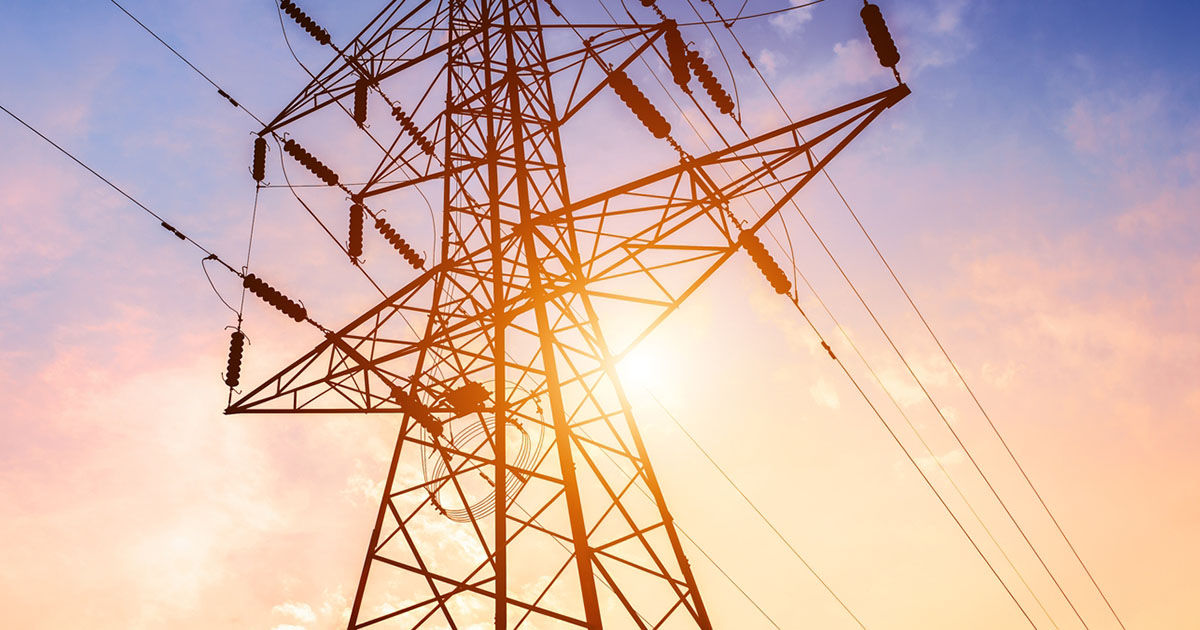America’s patchwork of aging electric grids is finally getting a supercharged upgrade to help support breath-taking advances in artificial intelligence (AI) and sustained economic growth. And not a moment too soon.
In May, the Federal Energy Regulatory Commission (FERC) took a bold and controversial step to accelerate development of new high-voltage power transmission lines across the nation.
A new rule levies novel requirements for interstate grid operators’ long-term planning, obligating advanced determination of “the transmission we know we will need in the future” and how it will be paid for.
But why is this so urgently needed?
The U.S. suffers from a severe dearth of adequate grid infrastructure. Our customers are telling us loud and clearly. Worse yet, the glacial speed at which new transmission lines are approved and deployed has led to widespread interconnection delays for celebrated renewable energy projects, fundamentally hampering our country’s capacity to respond to the climate crisis.
That same climate crisis also exposes our ancient electrical grids and their users to the specter of blackouts. A variety of new threats in the form of extreme, power-disrupting weather are presenting extraordinary challenges to a broad cross section of electricity consumers.
But it’s not just renewable energy projects that are on the losing side of this equation. From residential to industrial, from hospitals to data centers, virtually every large-scale land use project may be forced to endure months if not years of interconnection delays to local electric utilities, wreaking havoc to bottom lines and regional economies across America.
Additionally, the rise in the promising but energy intensive AI technologies that will transform our society will hit a wall without resilient, reliable and responsive new supplies of electricity. Recent reporting by The Washington Post detailed the stunning but nevertheless foreseen rise in carbon emissions associated with a booming AI sector that is now “exhausting the power grid.” In fact, a recent Goldman Sachs study found that data centers will consume 8 percent of all electricity generated in the United States by 2030. Our nation’s aging grids are in such a dire state and our electrical generation capacity is so far from meeting demand that coal power plants are being resuscitated to power the growth of the high performing computing data centers that support these new technologies.
That is why FERC’s new transmission and cost allocation rule represents a meaningful and desperately needed step towards upgrading America’s electric grid. However, because this problem was decades in the making, the regulation’s desired results will unfortunately take a similarly long amount of time before they are broadly experienced.
However, the American economy cannot wait for the benefits of FERC’s action to be realized. Leaders in burgeoning high tech industries– artificial intelligence, data processing, chip manufacturing – refuse to accept their critical facilities must await painstakingly slow interconnections to local electric utility infrastructure before they become operational. Instead, they are choosing Bloom Energy.
Fuel cells can play a crucial role as low emissions power sources where additional generation resources are needed. Fuel cells generate electricity through an electrochemical process rather than combustion. This nearly eliminates the release of harmful air pollutants that cause respiratory issues. One of the last clean energy technologies predominantly manufactured in the United States, fuel cells also significantly reduce carbon emissions compared to the traditional power grid that often relies on the combustion of fossil fuels to generate electricity.
Our Series 10 Energy Server offers customers an immediate solution that meaningfully circumvents the same crippling “Time to Power” challenges FERC’s action aims to solve in the long-term. In an era of widespread energy availability constraints, our products’ capacity to deliver on-site, off-grid power generation that is clean, affordable, and reliable fundamentally changes the way America can do business.
While Bloom Energy celebrates the federal government’s decision to take head-on long term grid planning, we’re here to support the American economy in the meantime.




